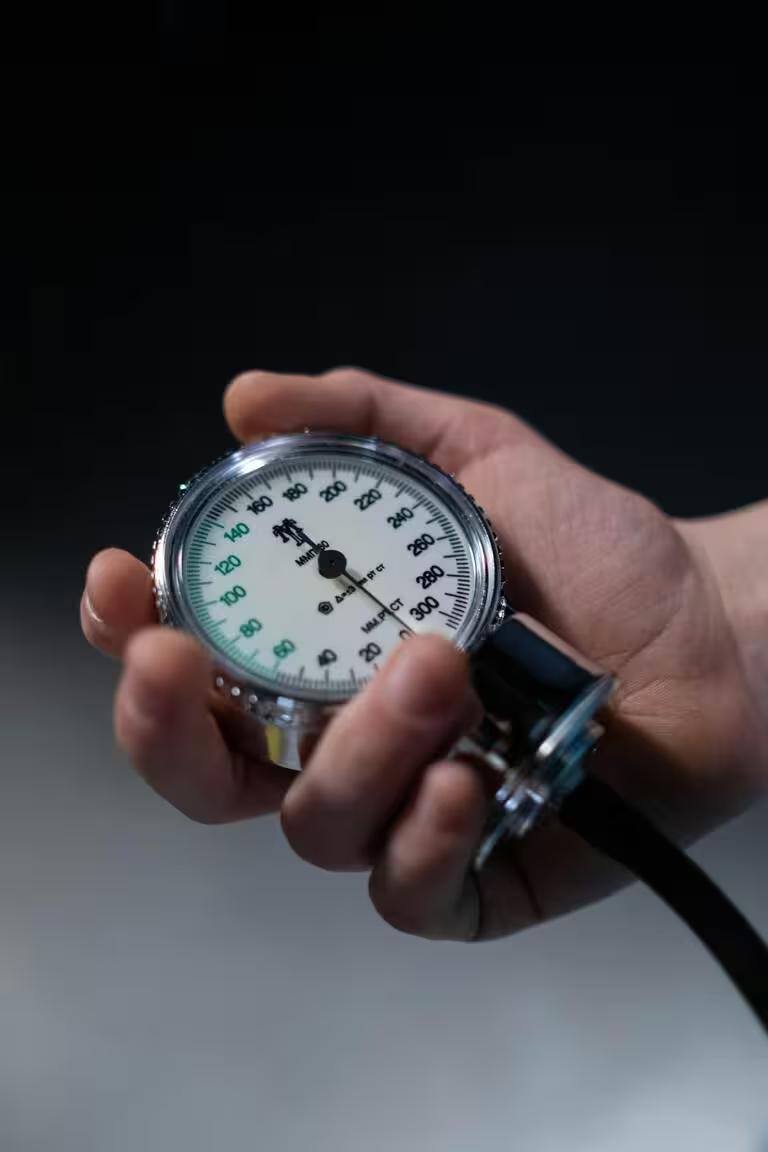Unit A1 Upstairs, The Waterloo, 34 Upper Waterloo Road

Diabetes Management for Beginners: Starting with 3 Small Steps to Better Your Health
Discover how diabetes management can start with small, impactful steps in diet, exercise, and tracking progress.
Feeling overwhelmed by diabetes? Small changes can make a big difference. Diabetes management for beginners doesn’t have to be a daunting task; by starting with small, manageable steps, you can gradually build up to substantial improvements in your health. It’s all about making consistent efforts that fit into your daily life, leading to long-term benefits.
Table of Contents
Start with Small Dietary Adjustments
One of the first and most impactful steps in managing diabetes is making small adjustments to your diet. When it comes to nutrition for diabetics, it’s important to focus on gradual changes that can be easily incorporated into your routine. For instance, swapping sugary drinks for water or herbal tea is a simple yet effective way to reduce your sugar intake. Similarly, including more vegetables in your meals can help you increase your fiber intake, which is crucial for stabilizing blood sugar levels.
Another easy first step is to practice portion control. By managing portion sizes, you can better regulate your blood sugar levels without feeling deprived. Start by reducing the portion size of starchy foods like rice or pasta and replacing them with more non-starchy vegetables. This small change can have a significant impact on your blood sugar management.
Keeping a food diary is another useful tool for beginners. Tracking what you eat helps you become more aware of your eating habits and can identify areas where you can make improvements. A food diary doesn’t have to be complicated—a simple notebook or a smartphone app can help you track your meals and monitor your progress. Over time, you’ll notice patterns that can guide you in making healthier choices, leading to better diabetes management.
Once you’ve made some dietary adjustments, the next step is to incorporate physical activity into your routine.
Incorporate Physical Activity Gradually
Physical activity is a crucial component of managing diabetes, but it’s important to start small, especially if you’re not used to exercising regularly. Starting an exercise routine with diabetes should involve setting realistic and achievable goals. For example, begin by taking a short walk after meals or doing light stretching exercises at home. These small steps can make a big difference in your blood sugar levels and overall health.
Even modest increases in physical activity can have a significant impact on your health. Regular exercise helps your body use insulin more efficiently, which can lower your blood sugar levels. Additionally, physical activity can help reduce the risk of complications associated with a sedentary lifestyle and diabetes risks, such as heart disease and obesity. Whether it’s walking, gardening, or gentle yoga, find an activity that you enjoy and can do consistently.
Staying consistent is key to making exercise a habit. Setting reminders or pairing your physical activity with an existing routine—such as walking while listening to your favorite podcast—can help you stick to your goals. It’s also important to choose activities that you find enjoyable. When exercise feels like fun rather than a chore, you’re more likely to maintain it in the long run.
In addition to diet and exercise, monitoring your progress is key to staying on track.
Track Your Progress and Celebrate Small Wins
Tracking your progress is an essential part of diabetes management for beginners. Regularly monitoring your blood sugar levels allows you to understand how small changes in your diet and exercise routine are affecting your health. This feedback is crucial for adjusting your habits and ensuring that you’re on the right path.
Setting small, achievable goals and celebrating each milestone can help keep you motivated. For example, if your goal is to walk for 10 minutes each day, celebrate when you reach that goal consistently for a week. These small victories build confidence and encourage you to keep moving forward. Remember, every step counts when it comes to managing diabetes.
Using tools like apps or journals can make tracking your progress easier. Many apps are available that allow you to log your blood sugar levels, track your food intake, and monitor your physical activity. These tools can provide valuable insights and help you stay organized. By keeping track of your progress, you’ll be able to see how far you’ve come and what areas might need more attention.
By taking these small steps, you can gradually build a strong foundation for managing your diabetes.
Conclusion
Managing diabetes effectively doesn’t require drastic changes overnight. Instead, small steps, when taken consistently, can lead to significant improvements in your health. Whether you’re making dietary adjustments, starting a new exercise routine, or tracking your progress, every little effort contributes to better diabetes management.
Start today by choosing one small change you can make—whether it’s swapping out a sugary drink, going for a short walk, or logging your meals in a food diary. By focusing on these manageable steps, you’ll find that diabetes management becomes less overwhelming and more achievable.
Remember, managing diabetes is a journey, not a sprint. With patience and persistence, you can improve your health and live well with diabetes.



